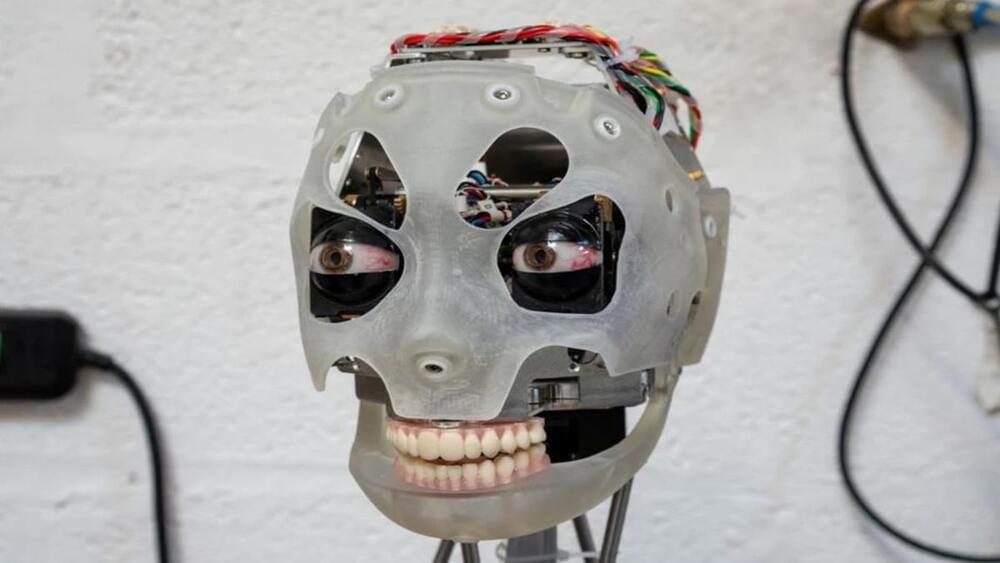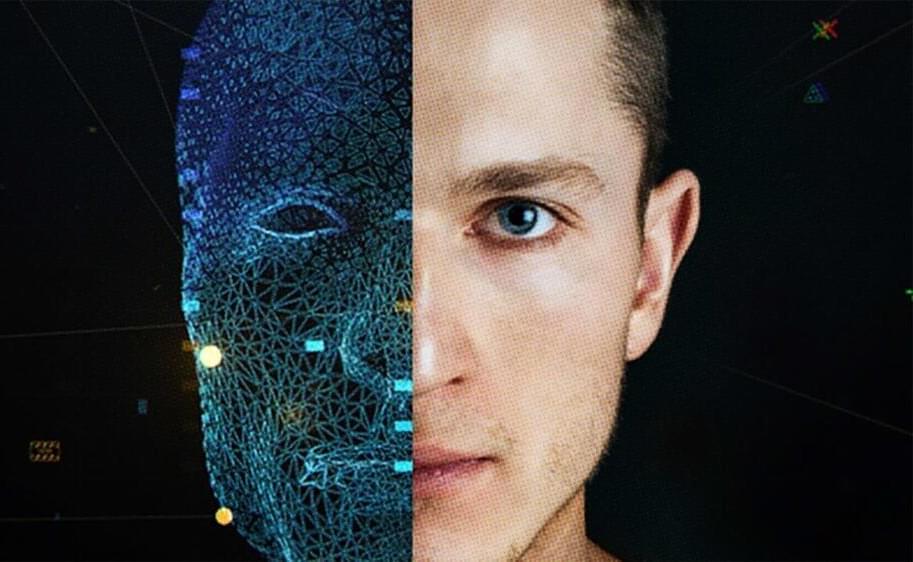Marketing is one of the areas of business operations where it is widely predicted that artificial intelligence (AI) will drive enormous change. In fact, a McKinsey study found that, along with sales, it is the single business function where it will have the most financial impact. This means that if you’re a marketer and you’re not using AI, you’re missing out on the benefits of what is possibly the most transformational technology.
Actually, though, the chances that there are people out there doing marketing today and not using AI in any shape or form is somewhat unlikely.
Artificial intelligence is currently transforming marketing. Here, we look at the most exciting opportunities when it comes to using AI in marketing and explore where they are already being tapped.







